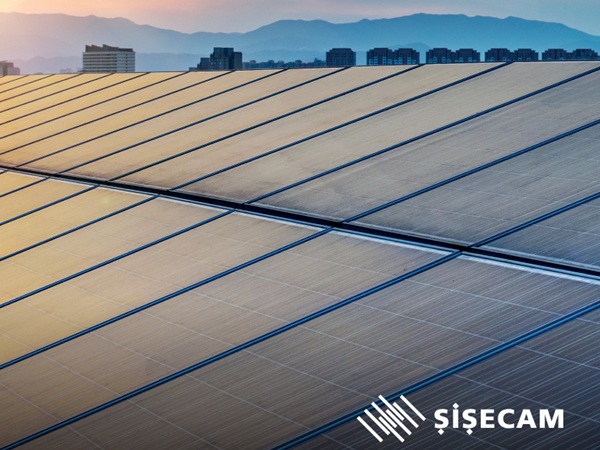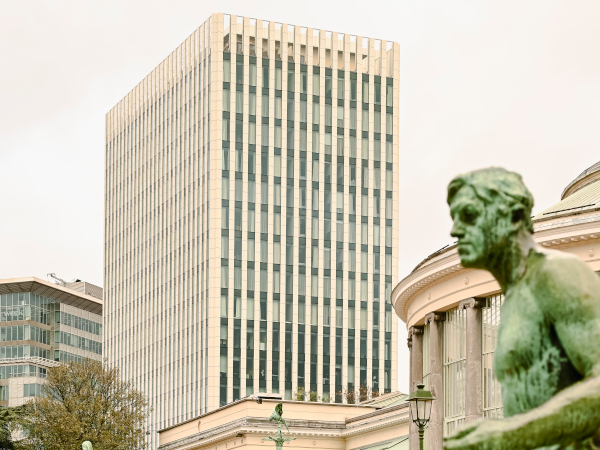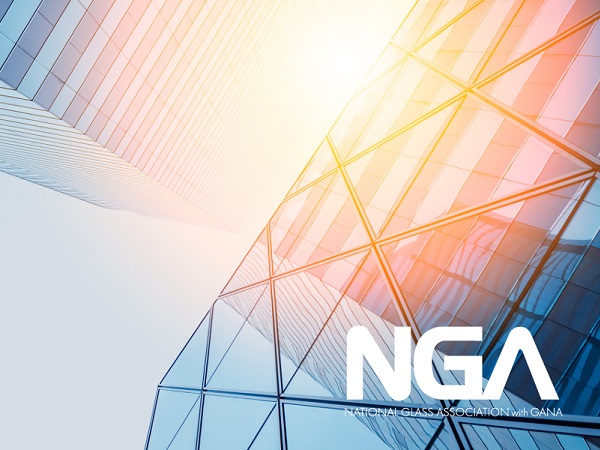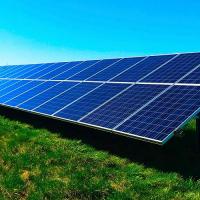Date: 26 April 2006
One approach to overcoming this cost factor is to concentrate light from the sun using mirrors or lenses, thereby reducing the total area of silicon needed to produce a given amount of electricity. But traditional light concentrators are bulky and unattractive -- less than ideal for use on suburban rooftops.
Now Prism Solar Technologies of Stone Ridge, NY, has developed a proof-of-concept solar module that uses holograms to concentrate light, possibly cutting the cost of solar modules by as much as 75 percent, making them competitive with electricity generated from fossil fuels.
The new technology replaces unsightly concentrators with sleek flat panels laminated with holograms. The panels, says Rick Lewandowski, the company's president and CEO, are a "more elegant solution" to traditional concentrators, and can be installed on rooftops -- or even incorporated into windows and glass doors.
The system needs 25 to 85 percent less silicon than a crystalline silicon panel of comparable wattage, Lewandowski says, because the photovoltaic material need not cover the entire surface of a solar panel. Instead, the PV material is arranged in several rows. A layer of holograms -- laser-created patterns that diffract light -- directs light into a layer of glass where it continues to reflect off the inside surface of the glass until it finds its way to one of the strips of PV silicon. Reducing the PV material needed could bring down costs from about $4 per watt to $1.50 for crystalline silicon panels, he says.
Read the entire news article on the source link below.
























Add new comment